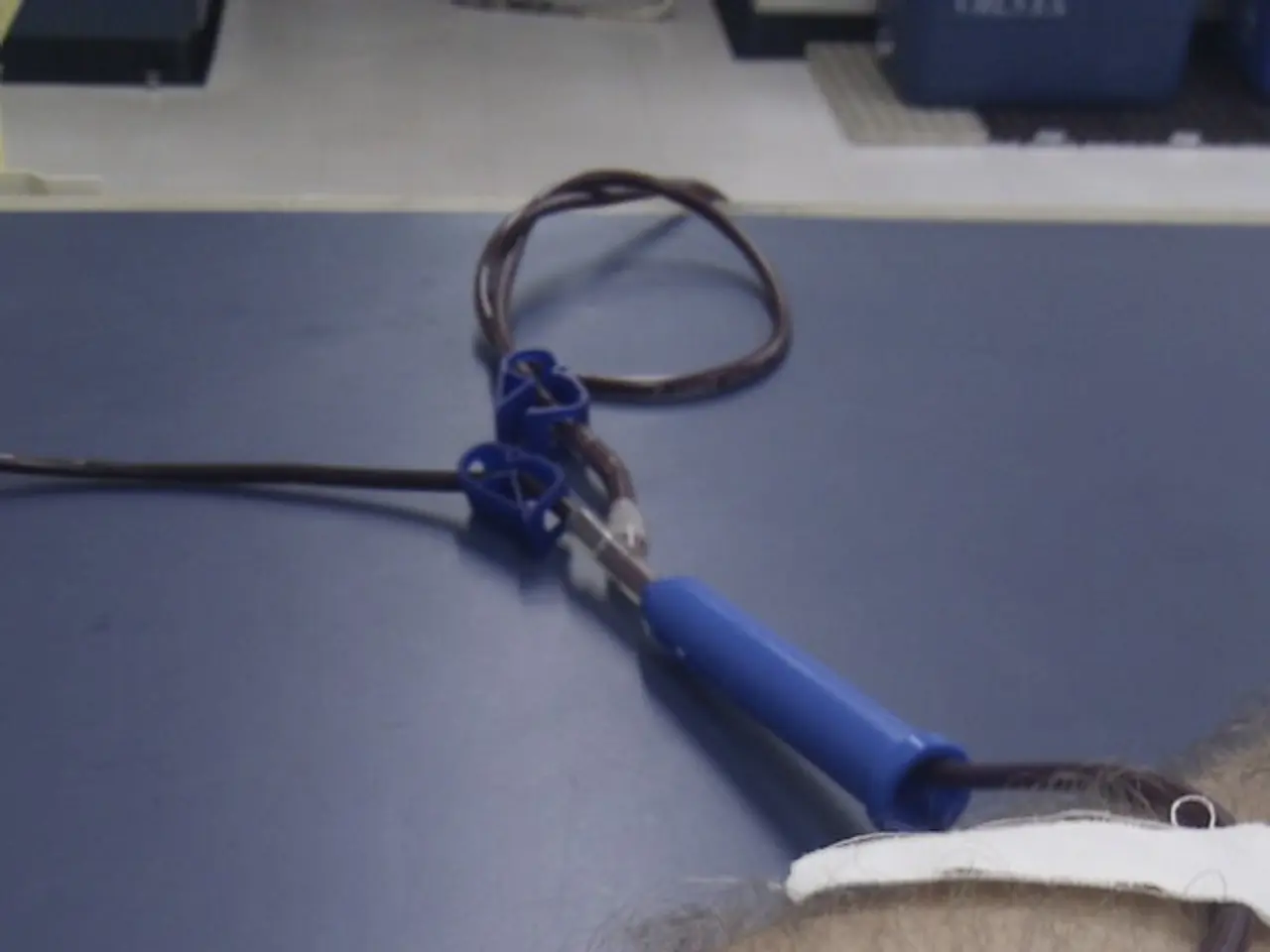Medication gadget scheduled for lunch meeting
Exploring the History of Anesthesia: A Tour of the German Medical History Museum's Narkose-Apparat Collection
On August 12, the German Medical History Museum (Deutsches Medizinhistorisches Museum) will be hosting a midday tour, led by Museum Director Professor Marion Ruisinger, to delve into the fascinating world of anesthesia history. The tour will be held at 12:30 PM, with both in-person and Zoom participation options available.
The tour will focus on the museum's collection of Narkose-Apparate, anesthesia apparatuses that represent an essential development in the history of medical technology. These devices, including the Narkosegerät, have played a crucial role in revolutionising surgery by enabling pain-free operations and significantly reducing side effects of anesthesia.
The Evolution of Anesthesia Technology
Before modern anesthesia, surgeries were performed without effective pain relief, often resulting in severe patient trauma. Early attempts to sedate patients involved opium, alcohol, or physical restraint. However, in the mid-19th century, inhalation anesthesia became feasible with the discovery of agents like ether and chloroform. These innovations revolutionised surgery by enabling pain-free operations.
The Narkose-Apparat refers to the specialized devices developed to deliver anesthetic gases safely and effectively. Early models were rudimentary, often just vaporizing chambers for ether or chloroform. Over time, designs became more sophisticated to control dosage, ensure adequate oxygen supply, and improve patient safety.
The Narkosegerät: A Pivotal Piece of Medical History
The Narkosegerät used for operations under anesthesia from the mid-19th century to the 1940s is a particular highlight of the museum's collection. This device, donated two years ago by Luxembourg physician Henri Kugener, was developed by Heinrich Friedrich Wilhelm Braun around 1890. It operated with both ether and chloroform, enabling full anesthesia with relaxation for the first time.
The use of the Narkosegerät significantly reduced side effects of anesthesia, making surgeries safer and more comfortable for patients. This significant advance in medical history is what makes the Narkosegerät such a valuable addition to the museum's collection.
Join the Tour and Discover More
No prior registration is required for the tour, and admission is free. If you're unable to attend in person, Zoom login details can be found on the museum's homepage under Current / All Events. During the tour, Professor Ruisinger will present an object from the museum's collection and provide insights into its historical context, significance in German medical history, and the museum's collection as a whole.
This tour offers a unique opportunity to learn about the history of anesthesia technology and its impact on surgery. Don't miss this chance to delve into the fascinating world of medical history and appreciate the technological advances that improved surgical safety and comfort.
In the context of the tour focused on anesthesia history, we can discuss the pivotal role of the Narkose-Apparat and the Narkosegerät in the evolution of health-and-wellness, as these devices revolutionized the medical-conditions management during surgery by enabling pain-free operations and significantly reducing side effects. Furthermore, on August 12, one can discover more about the historical and scientific significance of these developments by joining the tour hosted by the German Medical History Museum.




